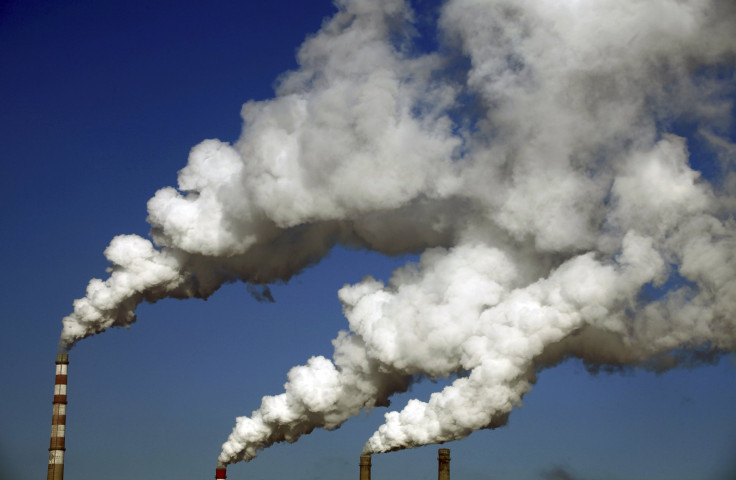Cutting Carbon Emissions Is Our Best Option For Slowing Global Warming, Study Finds

Green technologies and sustainability efforts are important, but scientists say the only way to truly rein in global warming is to attack the issue at its source by reducing carbon emissions, according to a comprehensive new study that coincides with the Obama administration's new proposal to reduce such emissions.
"We found that climate engineering doesn't offer a perfect option," Daniela Cusack, an assistant professor of geography in the University of California, Los Angeles’ College of Letters and Science and the study's lead author, said in a statement. "The perfect option is reducing emissions. We have to cut down the amount of emissions we're putting into the atmosphere if, in the future, we want to have anything like the Earth we have now."
Human activity adds roughly 7 billion metric tons of carbon to the environment every year. Ninety-one percent of carbon comes from the burning of fossil fuels and cement production; the remainder comes from land use change. Fifty percent of the carbon we release ends up in the atmosphere. The rest is absorbed by Earth’s carbon sinks, including our forests and oceans.
Researchers from UCLA and five other universities compared several innovative approaches to climate change mitigation, including carbon sequestration, storing carbon underground and solar reflection. They found that none came close to reducing the impact carbon has on global warming like limiting how much carbon we’re pumping into the environment.
Scientists considered several factors in their study like feasibility, cost-effectiveness, risk and public acceptance of various approaches to mitigation. Based on these and other criteria, researchers concluded that now more than ever is the time to curb carbon emissions.
However, the study authors also recognized the role that certain climate change engineering strategies could play in slowing global warming.
“While abatement remains the most desirable policy, certain climate engineering strategies, including forest and soil management for carbon sequestration, merit broad-scale application,” researchers wrote in their report, published in the journal Frontiers in Ecology and the Environment. “Other proposed strategies, such as biochar production and geological carbon capture and storage, are rated somewhat lower, but deserve further research and development.”
On Sunday, the U.S. federal government announced plans to require power plants to cut carbon emissions by 25 percent by 2020 and 30 percent by 2030.
The proposal is the cornerstone of President Obama’s climate change agenda and will allow states more flexibility in reaching the target.
© Copyright IBTimes 2024. All rights reserved.






















